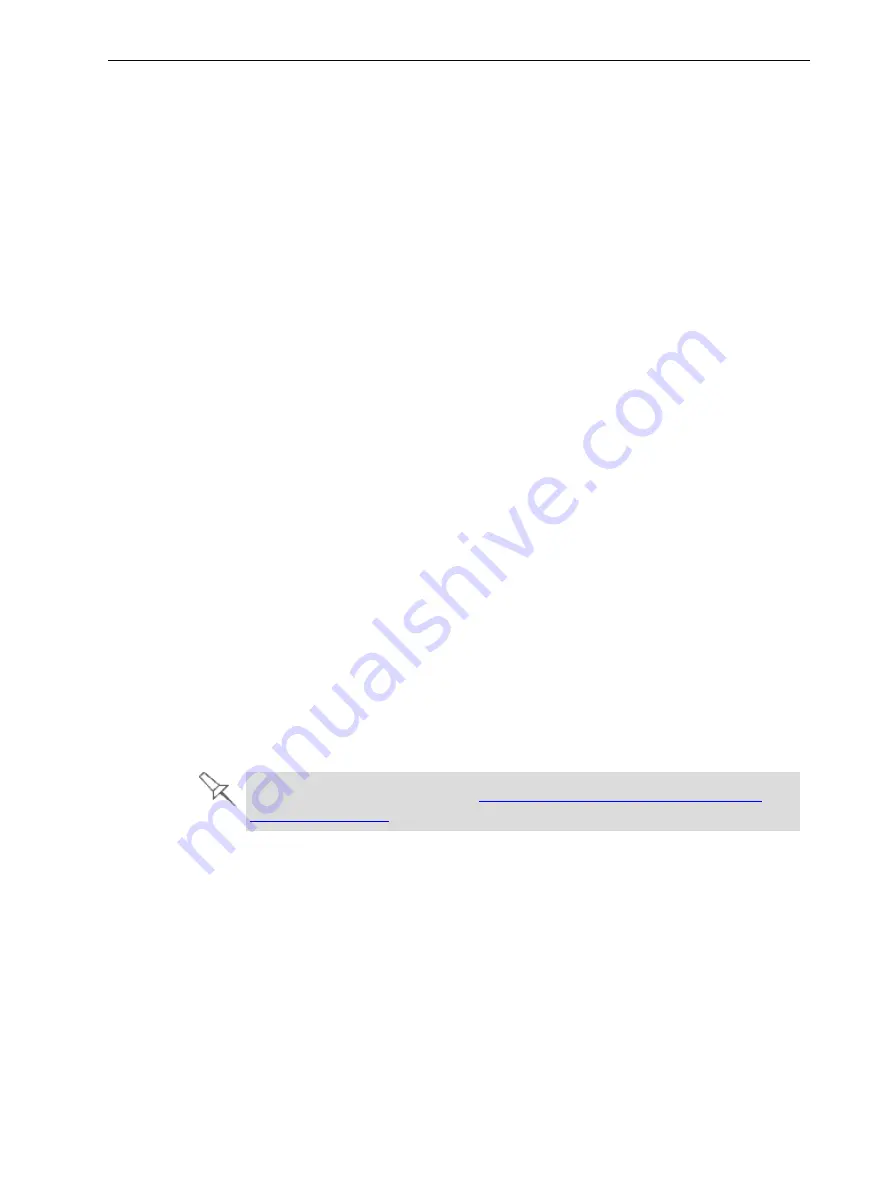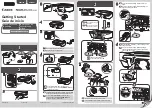
Eden260V User Guide
3 Introducing the 3D Printer
DOC-32020 Rev. F
3-6
Preparing Files for Use with PolyJet 3D Printing Systems
Before printing design files with the Eden260V printer, make sure that they are in
a file format supported by the applications you are using to send print jobs to the
printer—Objet Studio. (See "Source Files" on page 3-3.)
Converting CAD Files to STL Format
This procedure may vary slightly, depending on the CAD software used, but the
following instructions generally apply.
To convert a file to STL format (in a CAD program):
1. From the
File
menu, select
Save As
.
2. In the
Save As
dialog box, open the
Save As Type
drop-down list and select
*.STL
.
3. Click
Options
and set the following parameters:
❒
Total Quality—approximately 0.01 mm (deviation tolerance / linear-
dimension tolerance)
❒
Detail Quality—approximately 5° (angle tolerance)
Note:
Lowering these values produces more accurate models, but results in
larger files and longer loading and processing times. For this reason, it is
generally not recommended that you use lower values.
4. In the file format option, choose
binary
or
ASCII
. (Both binary and ASCII
formats can be used in Objet Studio. However, binary files are smaller, so this
option is recommended.)
5. Click
OK
or
Save
.
After converting the model files, it is recommended that you check them for
defects before opening them in Objet Studio and producing the model. You can
do this in a third-party STL-repair application (such as Magics™, by
Materialise
®
).
For more information, download
From CAD to Objet Studio Workflow for
.
Converting CAD Files to SLC Format
When converting files to SLC format, it is recommended that you set a layer
thickness of 15 microns (0.015 mm). Since SLC files cannot be orientated in
Objet Studio, it is important that models are properly orientated before being
saved as SLC files. Considerations for suitable model orientation are explained
in "Manual Positioning" in Chapter 3 on page 5-22.
















































